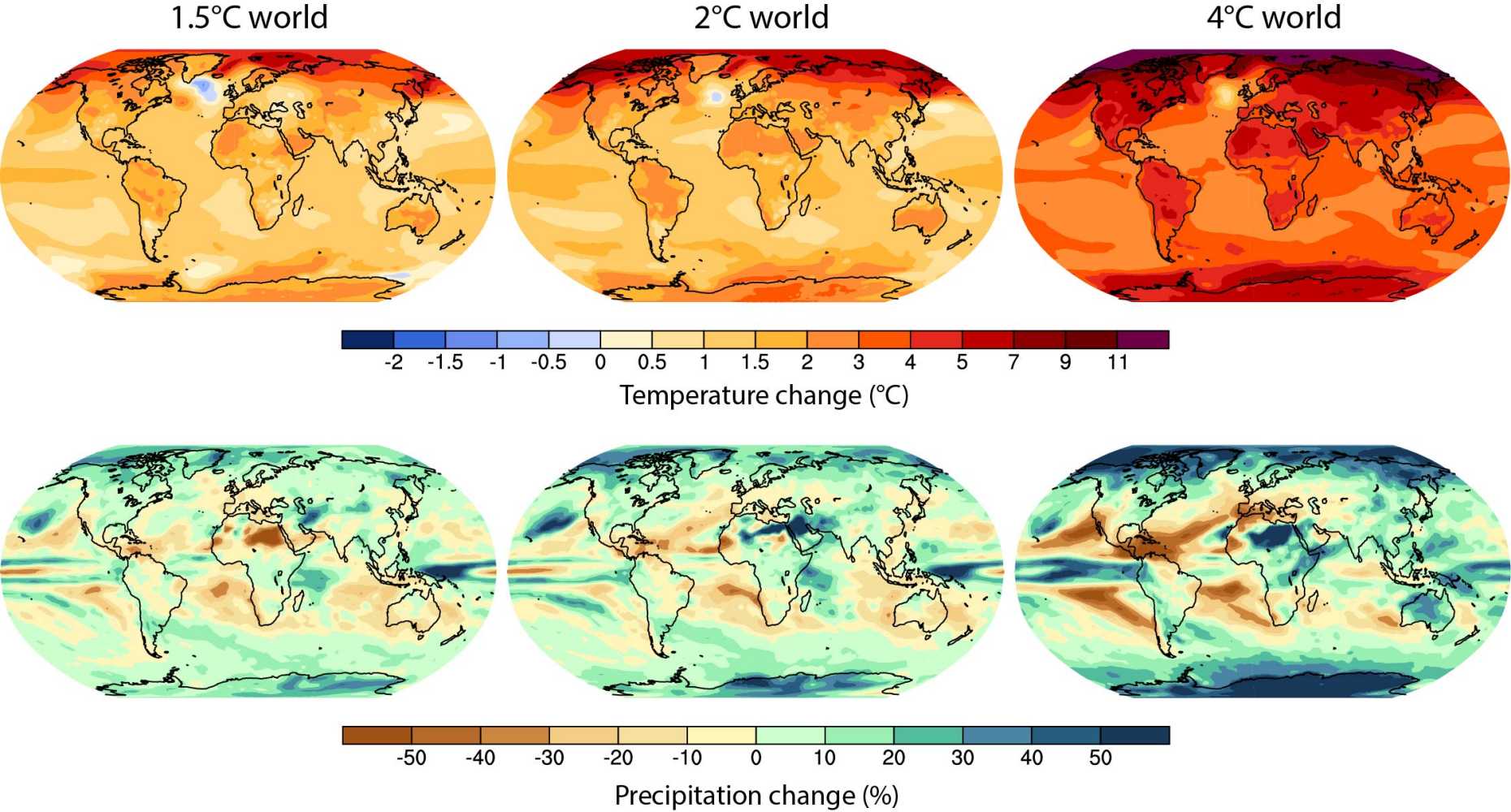Limiting climate change to 2°C requires zero CO2 emissions by the end of the century
In December 2015, the world’s governments have decided to limit global warming to well below 2°C relative to about 1850, and to pursue efforts towards an even lower target of 1.5°C. Climate scientists associated with the Energy Science Center are modeling both the climate impacts for such scenarios as well as the emission pathways that would be required to achieve those goals.
For more than two decades, climate negotiations have tried to reach an agreement among all countries on measures to “prevent dangerous interference with the climate system”. In December last year, the Paris agreement finally laid the foundations for it by agreeing to limit warming to well below 2°C, potentially even to 1.5°C. Science is only one driver in such negotiations, but climate scientists at ETH provided invaluable input through the Intergovernmental Panel on Climate Change Assessment Reports for the governments to understand the risks of climate change, and the steps required to address it.
The consequences of CO2 emissions from fossil fuels have been studied for decades, and despite the complexity of the system, some facts are disturbingly simple. Every ton of carbon emitted to the atmosphere from fossil fuel burning causes about the same amount of warming, no matter when and where the emission occurs. Every person and country has and will contribute to climate change according to its emissions accumulated over time. As a consequence, limiting warming to any agreed level implies that the total emissions over time are limited, so annual emissions need to be zero at some point. To limit warming to 2°C relative to preindustrial requires global emissions to be near zero before the end of the century, maybe even before 2070. A target of 1.5°C needs even stronger reductions, and measures to extract CO2 from the atmosphere by sequestration. This implies a global energy transition away from fossil fuels within a few decades for the industrialized world, allowing a smoother energy policy change within developing countries.
Which climate target to pick is a question that science alone cannot answer. It depends on what we consider to be dangerous or acceptable. But no matter which target we choose, the steps required to get away from fossil fuel are essentially the same, and they need to happen quickly. The current reductions proposed by the countries are insufficient to reach the agreed goals. If we were to let emissions grow without intervention, the world would head towards a warming of 4°C or more, with potentially disastrous consequences for the planet and its life.
external page Video: Werkstattgespräch: Auf verschlungenen Pfaden (German)
The ESC member involved in this project is Prof. Reto Knutti, head of the Climate Physics Group. The group uses climate models to quantify the human influence on the observed warming since preindustrial, to understand processes in the climate system, and to make projections of the climate will change for different emission scenarios over the next century.
